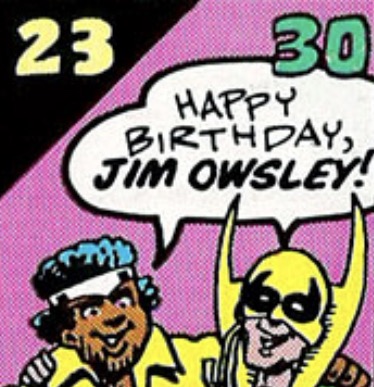
Happy birthday to the comic book writer with more names than Hank Pym!
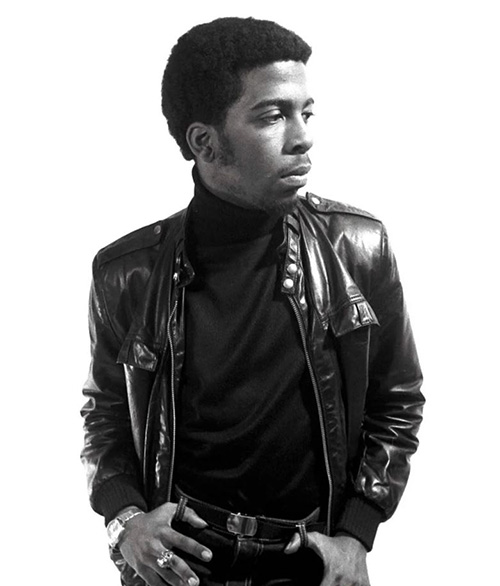
Priest may be the most prolific comic book author with the most names, but the least known name, in the business. He started as Jim Owsley, then changed his name to Christopher Priest. When a published Sci Fi author of the same name complained, he went by Christopher J. Priest. And then, simply, Priest. Oh, and he is a priest. Or a minister. Something like that.
He’s been an industry insider for over 30 years, having served as the youngest Marvel editor of all time, and the first black editor, and starting his career with Marvel’s flagship character: As editor Spider-Man. He’s also written some of the most interesting, least “comic book-y” comic book stories I’ve had the pleasure to read and, ironically, wrote most of these iconoclastic stories for Marvel—the most corporate comic book company in existence.
So, he gets a top 10. These are my favorite Priest comics. As usual, a few caveats: I haven’t read his Valiant work (and I really, really want to), and I can’t stand Conan comics. That immediately cuts out about a third of his published work. So let’s just go on the record and say that Quantum and Woody probably deserves to be here but isn’t because this is a list of what I’ve read—not what you’ve read.
As usual, any disagreements or notable omissions are welcomed in the comments. Let’s do this!

10. Spider-Man vs. Wolverine (Marvel, 1987)
The rare example of a great Priest story about two white people. This one-shot is a forgotten fan-favorite, involvind the KGB, a little lost girl, death and intrigue. There’s one sequence where Peter Parker is caught in Europe and needs a costume so he goes and buys a red-and-blue one, and then jumps over the Berlin Wall. Peter Parker gets all the good photos, and nobody puts it together that he and Spidey were overseas at the same time. Yes, it’s a ridiculous, convoluted super-hero story—but it’s a good one.
For more on this comic, go here.
9. Deadpool #34-41 (collected as Deadpool Volume 6) (Marvel, 1999-2000)

Priest took over Deadpool after Joe Kelly wrote what is considered by many to be the definitive run on the character, so if his run is not remembered well it’s probably at least half due to that fact. But it’s pretty good when read on its own. Deadpool gets more detail added to his past before Loki “curses him” to look like a movie star.
8. Captain America and the Falcon #1-14 (Marvel, 2004-2005)

I have to admit that when I first read these issues I found them very hard to get into. If you’re having the same problem, I’ll give you a piece of advice: If you can’t hang with it, start with issue #5. I won’t say more, lest I spoil a pretty big part of the run. The earlier stories were more about Christopher Priest learning to understand the characters than the characters themselves. But once he got going, the book started to have a distinctive feel and became one of the better books on the Marvel market in the early 2000s. Granted, that was a time when Marvel’s books were not as good as they used to be, as the company was finding its feet again after the terrible 1990s, but I don’t mean to damn it with faint praise. And most of the problem was from Bart Sears’ “Rob Liefeld squared” art style, where everyone from Cap himself to the local butcher was a body builder.
7. The Unknown Soldier (DC, 1988-1989)
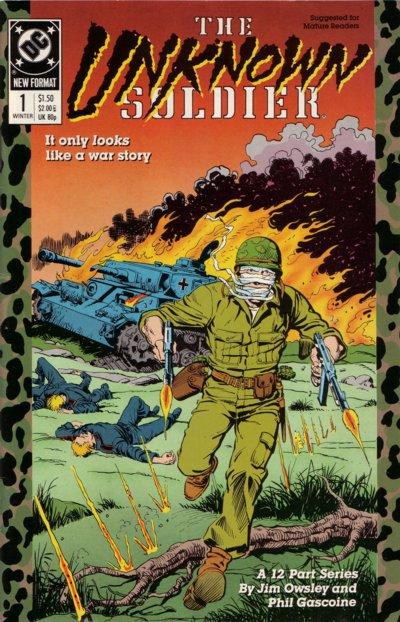
This was a very different version of DC’s faceless supersoldier. Under the name of Owsley, Priest turned him into an immortal, supernatural force working more for justice than for the causes of the United States Army. It wasn’t really a reboot so much as a reimagining, since the Unknown Soldier as a character was never a mainstay of the DCU. Also, this was a more mature title involving some fairly grisly depictions of the horrors of war.
6. The Ray Annual #1 (DC, 1995)
I wasn’t a tremendous fan of The Ray, but this self-contained story with art by the great Oscar Jimenez is so different from anything you’ve ever seen. There’s an extended sequence of The Ray frantically trying to stop a plane crash and save his girlfriend’s life, but then he fails. And just as he’s dealing with the horror of it, he finds out she’s actually alive because she never got on the plane. But then instead of relief, he’s filled with guilt because of all the people on the plane he failed to save. It’s a simple narrative twist, but I’ve never seen a comic book deal with grief and responsibility in this kind of a mature way.
5. The Crew (Marvel, 2003-2004)
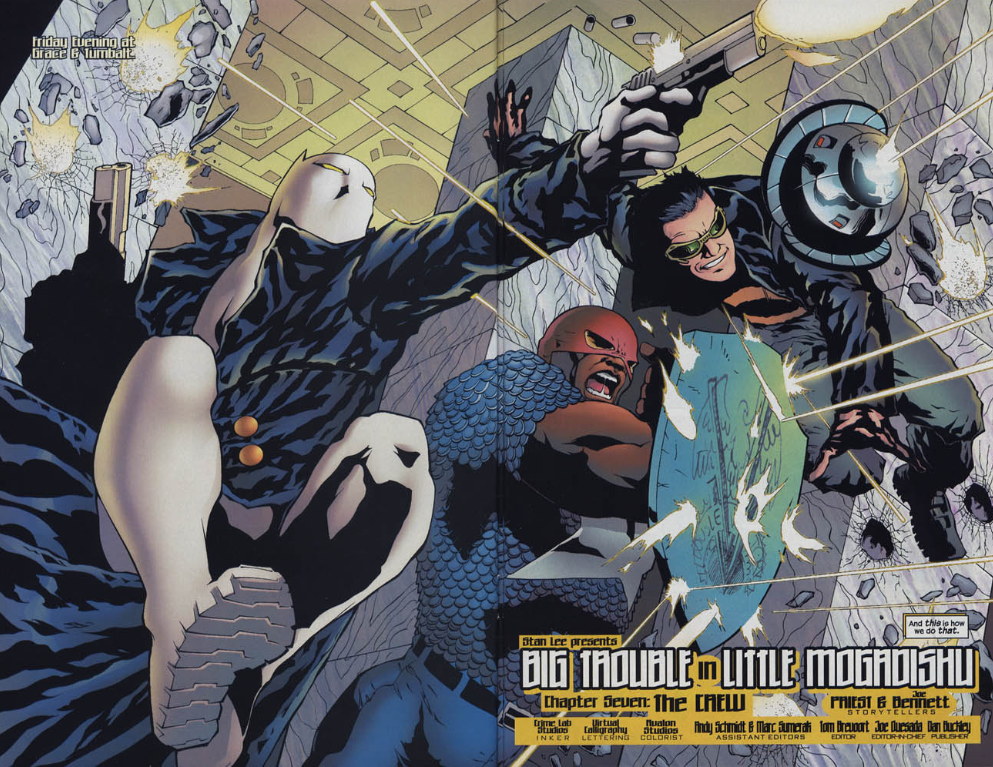
Priest has said he originally wanted to call this book The Black Avengers, but claims he (not Marvel editorial) decided it was a bad idea. The book is really like Oceans Eleven with Marvel fringe characters trying to take down drug dealing mob lords. Yes, all four of the main heroes were black, but that seems to be what drew them together to the environment where they found themselves. It felt natural. The book only lasted seven issues before it was cancelled, which is a damn shame. If it had come out today, I bet it would have gone on much longer.
4. Xero (DC, 1997)
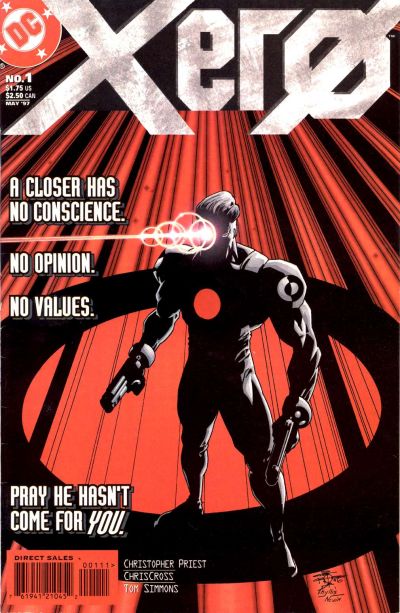
Xero was created by Priest and artist Chris Cross for DC, but the publisher allowed him to maintain a 50% ownership stake in the character—even though the book took place in the actual DC Universe. It only ran for 12 issues, but it was pure gold—right from the start. A black basketball player doubles as a secret agent/hitman who is…White! Most of Priest’s work involves African American characters, but he rarely makes race the focus of the story. Here, of course, it was a major story element. Priest claims that he cancelled the book after issue #12, but DC wanted to keep it going. Too bad he dropped it—it was just getting good.
3. The Falcon (Marvel, 1983)

This was Priest’s first published work and man was it good. He’s not as good at dialog or characterization yet, given his youth and inexperience, but what he accomplished was no small feat: He turned a B (or perhaps even C) list character and made him a superstar. I’ve never met anyone who didn’t like this miniseries. And Mark Bright’s wonderful art didn’t hurt a bit.
For more on this comic, go here.
2. Marvel Knights/Black Panther Volume 3 (Marvel, 1998-2003)
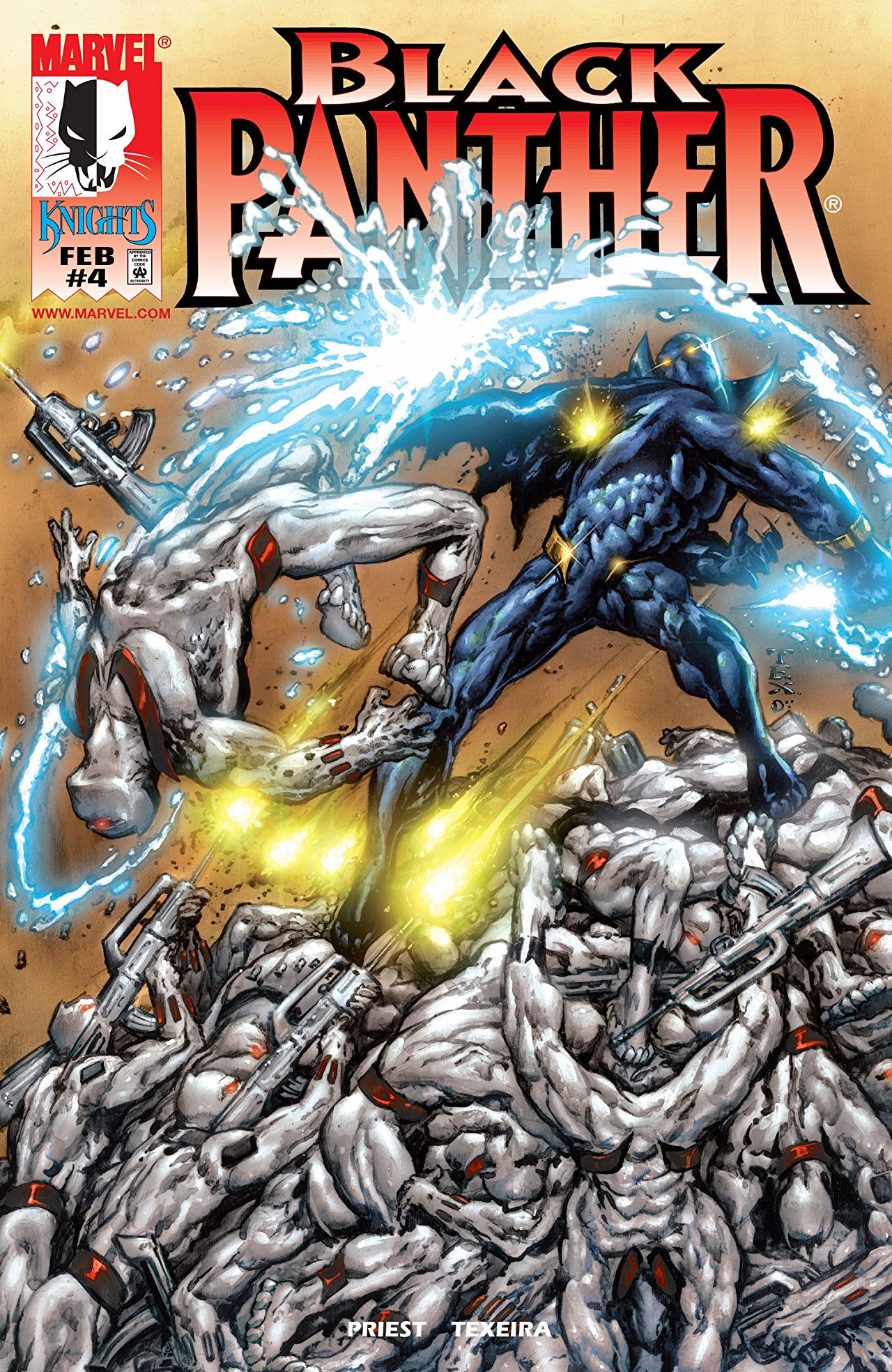
Priest’s longest run with a single title, and some might say his best. Indeed, it’s hailed by many as the best Black Panther series of all time. As for me, I’m currently reading every single issue of Black Panther ever published—so my opinion is still being formed. From what I remember and what I have already read, I can’t say that I love the art (Mark Texeira is a little too cartoony for me), but Priest took a mature look at the character for the first time in decades, and did a good job at bringing the African king into the mainstream Marvel Universe without sacrificing the core of Jack Kirby’s original intent, i.e., without making him generic or too corporate. Towards the end, T’Challa is relegated to the back seat to give more space for Kasper Cole, the White Tiger, who would later join The Crew.
1. Power Man and Iron Fist #111-125 (Marvel, 1984-1985)
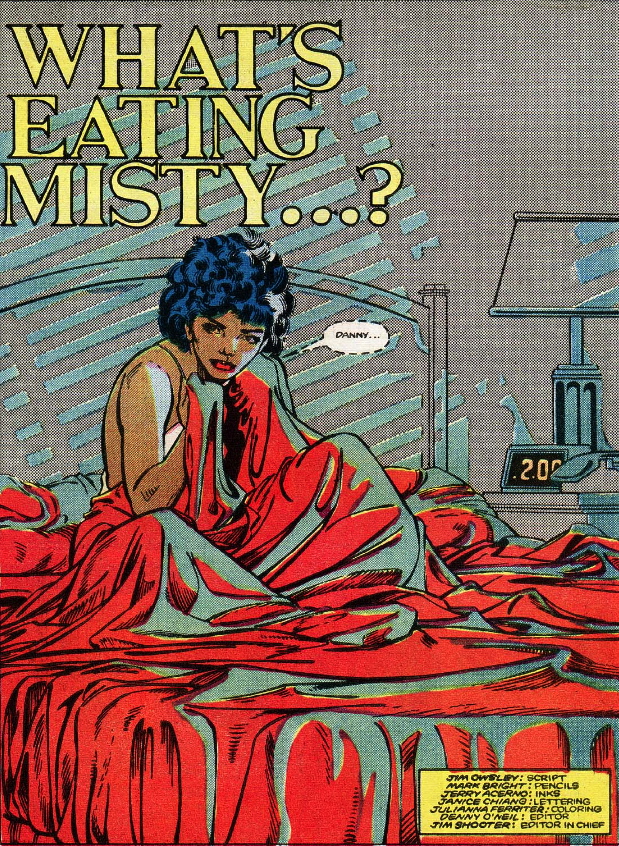
When he still went by Jim Owsley, Priest wrote some of the best PM&IF stories of all time. The first thing he did was avoid really dealing with the fact that Luke Cage is black. Most versions of him before Priest took over were characterized by stilted dialog or occasional references to structural racism. Priest made the book about Danny and Luke’s friendship, and really not much else. Other than, of course, Misty and Colleen, who got lots of screen time under Priest.
And of course he wrote the last issue, where Iron Fist is brutally killed, quickly, and nearly off-panel. It was such a surprise to most of us reading it that, even though we knew Fist would be back, it felt…Real. Frustrating. It even made me angry. I felt like there was no reason for it, why would he do that? And then I realized, that was the whole point. In real life, death often feels senseless—purposeless. So why should a hero’s death be any different.
Priest wrote the final 14 issues of the series, and standout stories included #115-116, where the duo is trapped in an Arctic bunker and Fist meditates to survive; Iron Fist changing into a red suit and becoming possessed (#119-120), and “What’s Eating Misty Knight” (#122).
